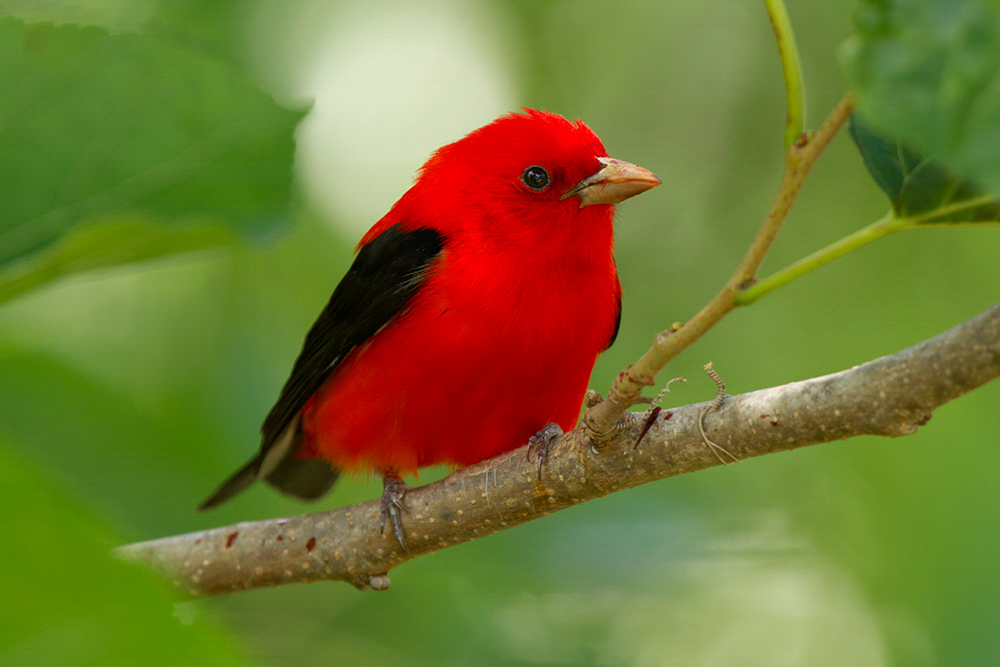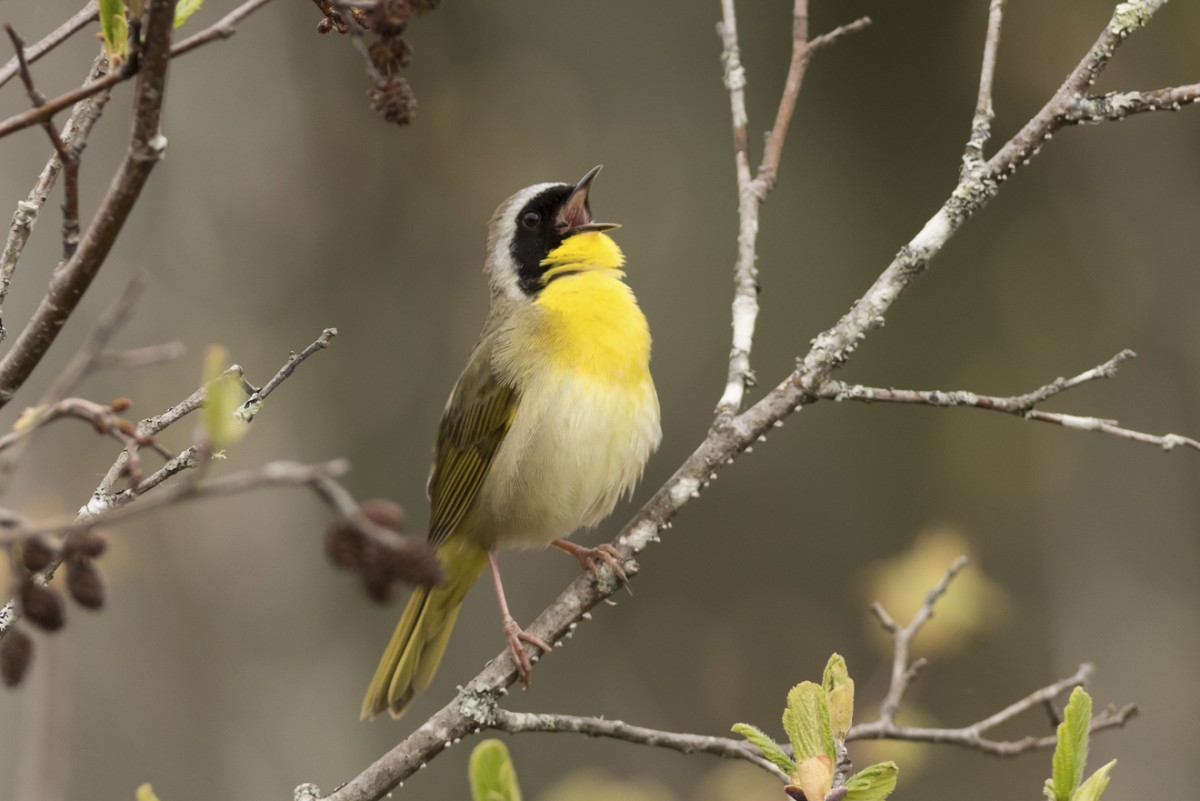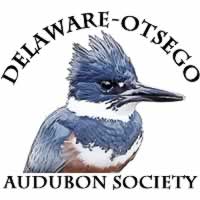Fragmented forests will reduce nesting, says local group
The local Chapter of the National Audubon Society is terming the proposed Constitution Pipeline “a clear and present threat to bird habitat” in comments to the Federal Energy Regulatory Commission on the pending Draft Environmental Impact Statement for the project.
The corridor for the 122-mile pipeline through central New York State will fragment over 36 miles of interior forests, land that is critical to already at-risk breeding birds, according to the statement by the Delaware-Otsego Audubon Society (DOAS). This represents the largest single fragmentation of remaining forest habitat in the region, said DOAS Co-president Andrew Mason. “Most large tracts of forested land have been cleared for agriculture or development,” he said. “The sizeable forests that remain are on ridge tops and steep slopes—precisely where much of the pipeline will run.”
Species such as wood thrush and scarlet tanager require large patches of mature forest to nest successfully and avoid predators and parasitic nest species that invade forests from edges, said Mason. “Numerous studies have shown that corridors much narrower than the 100 ft. cleared right-of-way Constitution plans are sufficient to allow access to nests and significantly reduce nest success.”
Many of the species that will be affected are birds already in decline, said Mason. “The tropical migrants that will be returning to our area in the next month or two are already suffering from loss of habitat in wintering areas and on their migration routes,” he said.
“Bird counts have documented steady long-term reductions in populations of warblers, flycatchers, thrushes and other groups of forest birds. This destruction of habitat for the pipeline will hurt their chances for successful breeding even more. It’s difficult to comprehend how FERC could conclude that the project will have ‘no significant adverse effect on wildlife’ in light of the clear evidence of the dangers to birds.”
In its statement, the Audubon group calls for FERC to withdraw the DEIS and carry out an “even-handed and scientifically valid environmental review.”

The DOAS comments are available here.
FOR MORE INFORMATION:
Andrew Mason, (607) 652-2162
AndyMason@earthling.net








